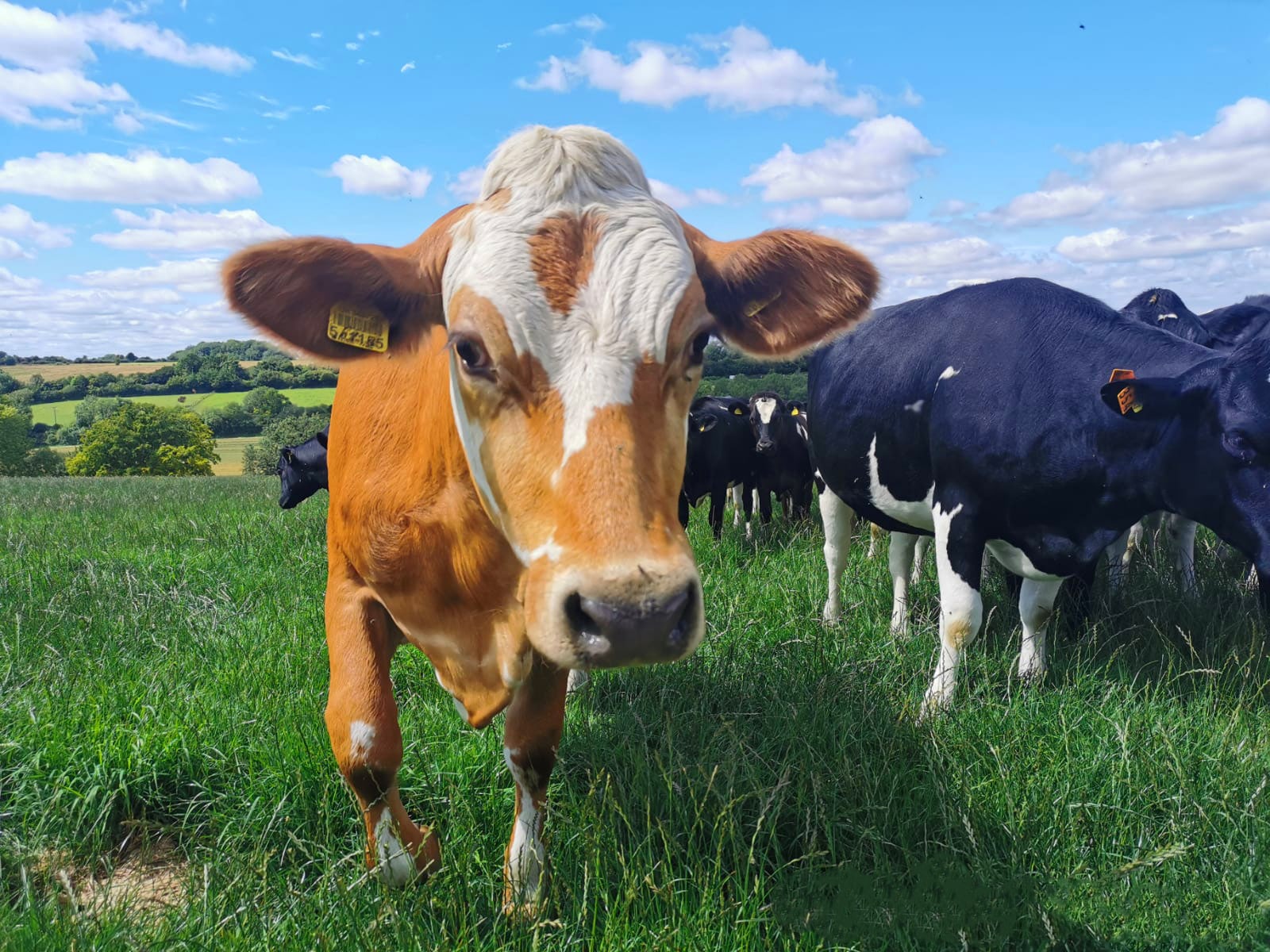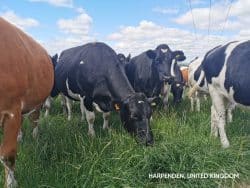How to Maintain Grass Palatability into the Autumn

Dairy farmers are being encouraged to focus on optimising soil health and nutrition throughout the grazing season to promote grass growth into the autumn.
Technical manager at Timac Agro UK, David Newton, explains that to help reduce the need to buffer feed in the autumn, improving grass quality during the summer, through soil and grassland management practices, is key.
By July, Mr Newton explains that grass quality will start to drop off. However, palatability can continue to be encouraged by buffering the natural acidity of the grass. He suggests using fertilisers that contain sodium, phosphates and trace elements which will prevent the grass from going sour as the season progresses and help maintain soil health.

“These nutrients often decline as we progress through the grazing season. So, to maintain grass quality, these nutrients should be replaced. “To alleviate this, I would recommend using a dedicated, slow-release grazing fertiliser such as Nutrigrass.,” Mr Newton explains.
“Nutrigrass is a specifically formulated grazing ground fertiliser, designed to speed up the conversion of nitrogen into protein, which boosts grass productivity supporting milk yields. It doesn’t over saturate the grass with nitrates and replaces the lost nutrients to enhance the soil biology.”
This grazing fertiliser is pH neutral and legume friendly, creating the perfect environment for microbial life to thrive, and for a strong beetle and worm community. Mr Newton notes this helps to redistribute the organic matter from any muck deposited throughout the field, reducing the contamination from muck piles that would otherwise cut the amount of available grazing ground.
“As Nutrigrass is nitrate free, cattle can be turned out within four to five days of application, so it slots seamlessly into a grazing system,” he adds. “Nitrate fertiliser in contrast, can require around 21 days between application and grazing, which can put an unnecessary hold on grass that is otherwise ready to be grazed.”
Mr Newton points out the benefits of prioritising soil health in the summer can be seen in August and September.
“When the soil has been stimulated to be as active as possible in between each period of grazing, the organic matter alone can negate the need for fertiliser at the back end of the season, because the soil is ‘feeding’ itself.
“This is where huge savings can be made from investing in high quality inputs,” Mr Newton concludes.
